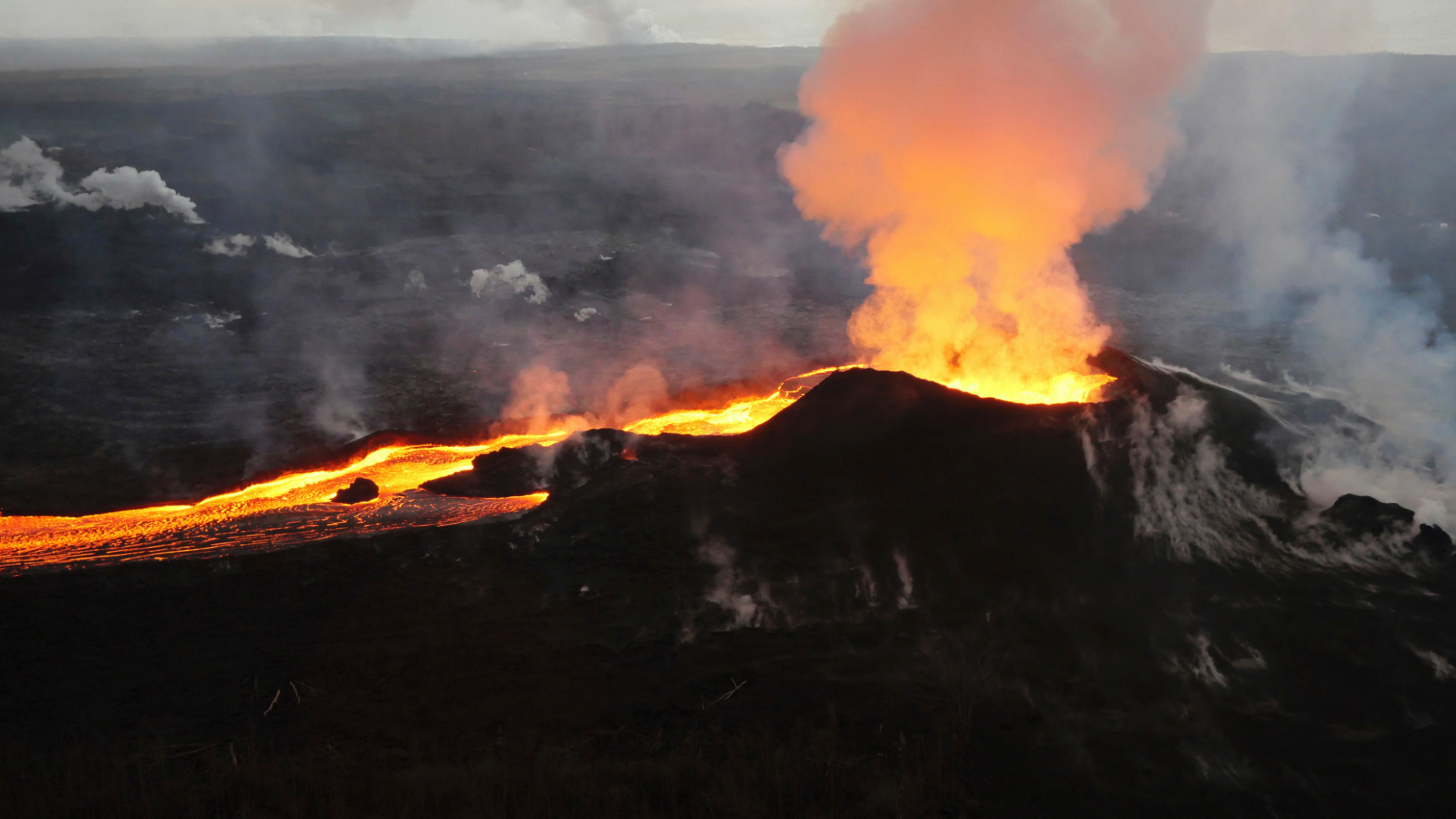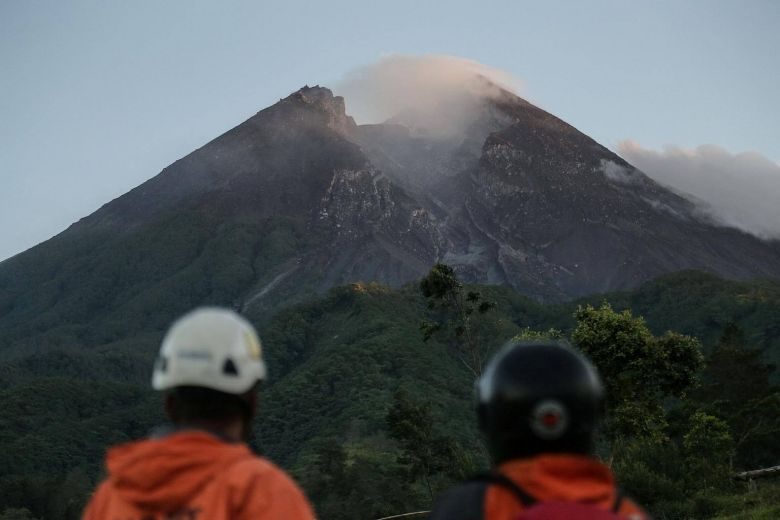Scientists Share Rare Photo Of 65 Foot Tall Lava Dome In Hawaii

Last year, the U.S. Geological Survey shared an incredible image of a giant lava bubble in Hawaii. However, the photo was taken nearly a half century ago, on Oct. 11, 1969.
The agency posted the photo to participate in the viral “Throwback Thursday” internet tradition, where people like to share old photos from their past.
The incredible lava bubble was reportedly 65 feet tall and originated at the Kilauea Volcano, one of the most active volcanoes on Earth.
This dome developed during the eruption of Mauna Ulu, which is a volcanic cone in the eastern rift zone of the Kīlauea volcano.
 The United States Geological Survey shared an amazing photo of a massive lava bubble at the Kilauea Volcano in Hawaii. / Photo Credit: The United States Geological Survey
The United States Geological Survey shared an amazing photo of a massive lava bubble at the Kilauea Volcano in Hawaii. / Photo Credit: The United States Geological Survey
According to the Hawaii Center for Volcanology, this site has been in an almost constant state of eruption since 1983.
“Dome fountain of episode 10, October 10–13, 1969, eruption of Kilauea Volcano. This dome fountain is about 20 m (65 ft) high. Symmetrical dome fountains such as this are rare.,” the USGS said in the tweet.
The USGS said in replies that lava domes can grow as tall as 1,600 feet tall, but usually only get to about 30 to 320 feet.
Over that time period, a shocking 350 million cubic meters of lava was produced, which is enough to fill “140,000 Olympic-size swimming pools,” according to LiveScience.
The Kīlauea volcano is located along the southeastern shore of Hawaii. The volcano is between 210,000 and 280,000 years old and emerged above sea level about 100,000 years ago.
Since 1918, Kīlauea’s only prolonged period of rest was an 18 year pause between 1934 and 1952.
In 2018, the United States Geological Survey National Volcanic Threat Assessment gave Kīlauea an overall threat score of 263, and ranked it first among volcanoes in the United States most likely to threaten lives and infrastructure.
Only about 6% of volcano eruptions on earth end up forming lava domes.
 In this July 14, 2018 photo provided by the U.S. Geological Survey, lava from Kilauea volcano erupts in the Leilani Estates neighborhood near Pahoa, Hawaii. / Photo Credit: U.S. Geological Survey via AP, File
In this July 14, 2018 photo provided by the U.S. Geological Survey, lava from Kilauea volcano erupts in the Leilani Estates neighborhood near Pahoa, Hawaii. / Photo Credit: U.S. Geological Survey via AP, File
Lava domes are formed by thick magma bubbles that rise to the surface and pile up around the vent of the Volcano. Researchers from Oregon State University suggest that there isn’t enough pressure to cause a violent eruption, so the magma just piles up instead.
According to Wikipedia:
“Lava domes grow by endogenic dome growth or exogenic dome growth. The former implies the enlargement of a lava dome due to the influx of magma into the dome interior, and the latter refers to discrete lobes of lava emplaced upon the surface of the dome. It is the high viscosity of the lava that prevents it from flowing far from the vent from which it extrudes, creating a dome-like shape of sticky lava that then cools slowly in-situ. Spines and lava flows are common extrusive products of lava domes.”
Mount Merapi, Gunung Merapi, which literally Fire Mountain in Indonesian and Javanese, is an active stratovolcano located on the border between Central Java and Yogyakarta provinces, Indonesia. This location has been continually generating lava domes for centuries.
 Members of a search and rescue team watch the volcano activity on Mount Merapi after its alert level was increased following a series of minor eruptions in Cangkringan, Yogyakarta, Indonesia, on May 22, 2018. Photo Credit: Reuters
Members of a search and rescue team watch the volcano activity on Mount Merapi after its alert level was increased following a series of minor eruptions in Cangkringan, Yogyakarta, Indonesia, on May 22, 2018. Photo Credit: Reuters
In a blog post, Oregon State explained that “Like lava flows, they typically do not have enough gas or pressure to erupt explosively, although they may sometimes be preceded or followed by explosive activity. However, unlike lava flows, the lava that forms domes is often to thick and sticky to flow very far, and thus instead pile up thick and high around the vent.”
Oregon state also noted that when lava domes are growing rapidly and becoming unstable they will often collapse and spawn large and deadly pyroclastic density currents.
In fact, pyroclastic flows due to lava dome collapse have been responsible for many of the largest volcanic disasters in history, including the 1902 destruction of St. Pierre on the island of Martinique. On May 8, 1902 the large and growing lava dome at Mount Pelée collapsed sending a large flow into the capital city of St. Pierre, killing all but two of the citizens.
© AnonLAB 2018